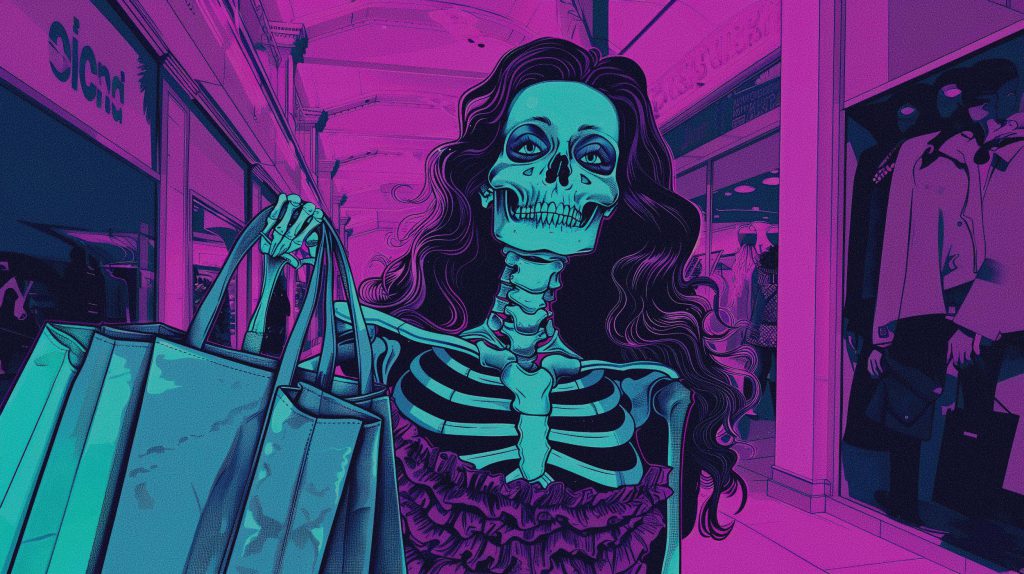In the fast-paced world of modern branding, the rules are changing — and so should the rulebooks. The once-revered brand standards guide — typically a static PDF outlining fonts, colors, logo usage, and tone of voice — is increasingly being left behind in the dust of digital transformation. In an era where brands are expected to be agile, responsive, and omnichannel, the traditional brand guide feels more like a relic than a roadmap. The question isn’t just whether these guides are dying — it’s whether they were ever truly alive in the first place. As we look ahead to 2025, it’s time to rethink how branding can deliver real value to marketing teams, not just pretty pages.
The Decline of Traditional Brand Standards Guides
Let’s be honest: most brand standards PDFs end up gathering digital dust in a shared drive, rarely opened after the initial brand rollout. They’re treated more like ceremonial documents than living tools. Created with the best intentions, they often fail to keep up with the evolving needs of modern teams. The moment a new campaign launches or a social media platform updates its specs, that PDF becomes outdated — and nobody’s updating it weekly.
The rigidity of traditional brand manuals also clashes with the reality of modern marketing. Today’s teams are multidisciplinary, global, and constantly iterating. Creative teams, freelance contributors, and partner agencies need more than a static document — they need real-time, accessible, and actionable brand assets. A PDF that outlines how not to stretch the logo doesn’t exactly help a social media manager trying to customize a TikTok thumbnail on the fly.
Even worse, traditional guides often prioritize aesthetics over utility. They’re designed for design’s sake, filled with beautiful mockups and idealized use cases that rarely reflect actual day-to-day branding needs. In practice, marketers are forced to “interpret” the guidelines, leading to inconsistent execution. The result? Brand dilution, internal frustration, and wasted effort. In 2025, that’s just not acceptable.
Why Static Brand Guidelines Struggle in 2025
The business environment in 2025 demands speed, adaptability, and consistency — a trio that static brand guidelines struggle to deliver. Marketing teams are spinning up campaigns in days, not weeks. New platforms emerge overnight, and customer expectations evolve quickly. A PDF created even six months ago may not reflect the channels, formats, or messages that matter today. If your brand guide can’t keep up with the pace of business, it becomes irrelevant.
Moreover, remote and hybrid workforces have become the norm, and brand governance must now function across time zones and tech stacks. A centralized, static document offers little support for decentralized teams needing immediate answers. People don’t want to email the brand team or dig through a Dropbox folder — they want instant access to what they need, when they need it. Static guides simply don’t scale with the modern way of working.
Finally, static brand guides fail to account for the growing importance of personalization and localization. In 2025, a brand must flex to speak to different audiences without losing its core identity. That’s a delicate balance — and one that rigid documents can’t manage. Modern branding requires flexibility with guardrails, not rigid commandments. If your brand standards don’t allow for nuance, your brand will either break or become boring.
Dynamic Brand Systems: The Modern Alternative
Enter dynamic brand systems — the agile, cloud-based evolution of the traditional brand guide. These platforms (think Frontify, Brandfolder, or zeroheight) act as living, breathing ecosystems where brand assets, tone of voice, design rules, and campaign templates are constantly updated and universally accessible. They’re not just repositories; they’re operational hubs that integrate directly with the tools marketers use every day.
Dynamic brand systems are built for scale and speed. They allow for real-time updates, version control, and cross-functional collaboration. Need to update a logo file or add a new social media template? It’s live in minutes, not months. Teams can access exactly what they need — whether it’s a hex code or a pre-approved Instagram Story layout — without waiting for approvals or digging through outdated files. This kind of accessibility doesn’t just boost productivity — it ensures consistency across every touchpoint.
But perhaps the most compelling reason to embrace dynamic brand systems is their strategic value. These platforms aren’t just about governance; they’re about enablement. They empower marketing teams to execute faster, with greater confidence and fewer errors. They help maintain brand integrity without stifling creativity. In 2025, the brands that win won’t be the ones with the prettiest PDFs — they’ll be the ones with the most usable, scalable, and smartly governed brand systems.
The age of the static brand standards guide is fading — and frankly, it’s about time. In a world where brands must be both consistent and adaptable, a PDF just doesn’t cut it. As we move into 2025, marketing stakeholders need tools that are as dynamic as the world they operate in. The shift to living brand systems is not just a technological upgrade — it’s a strategic imperative. It’s time we stop treating brand guidelines like artifacts and start treating them like assets.































